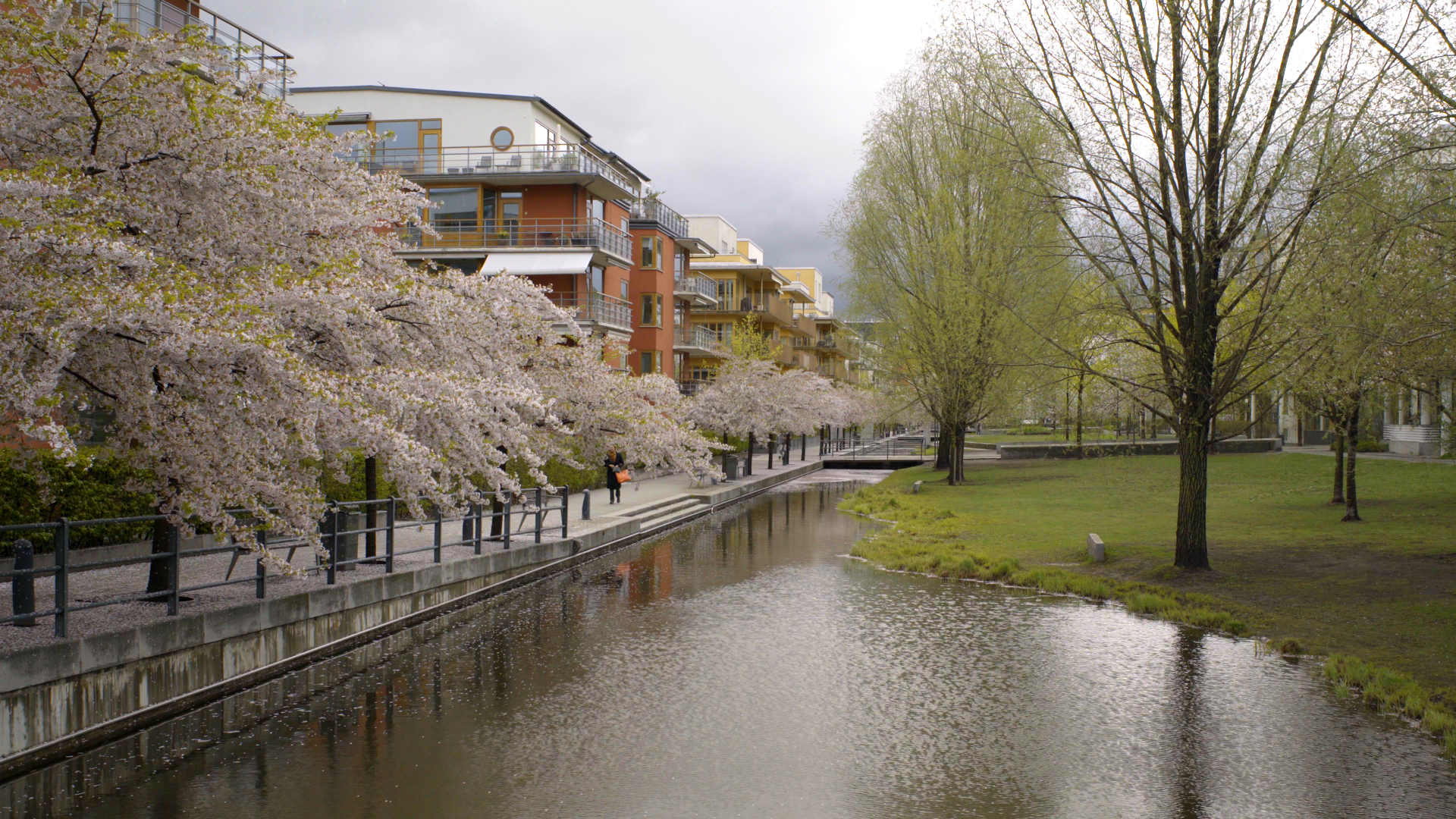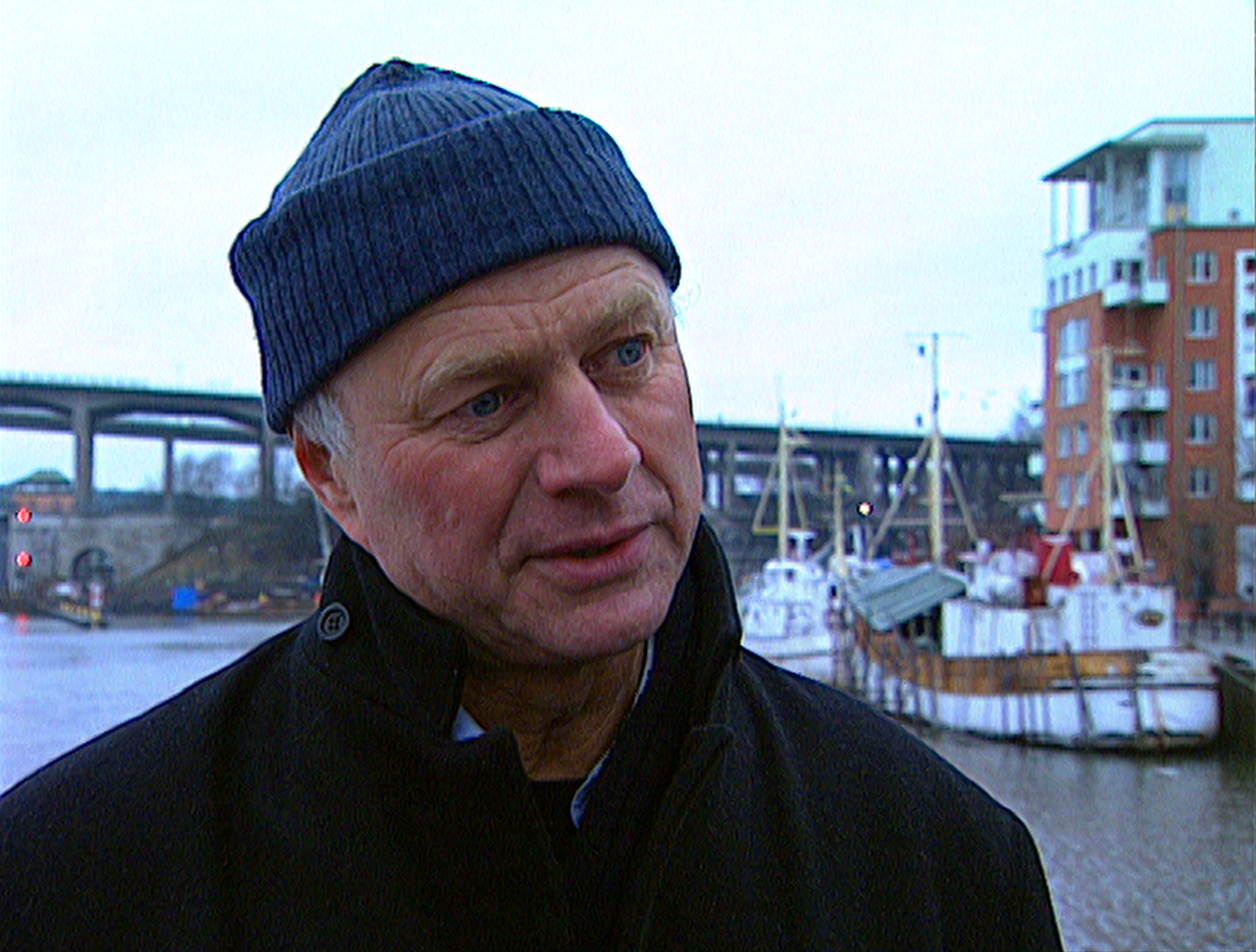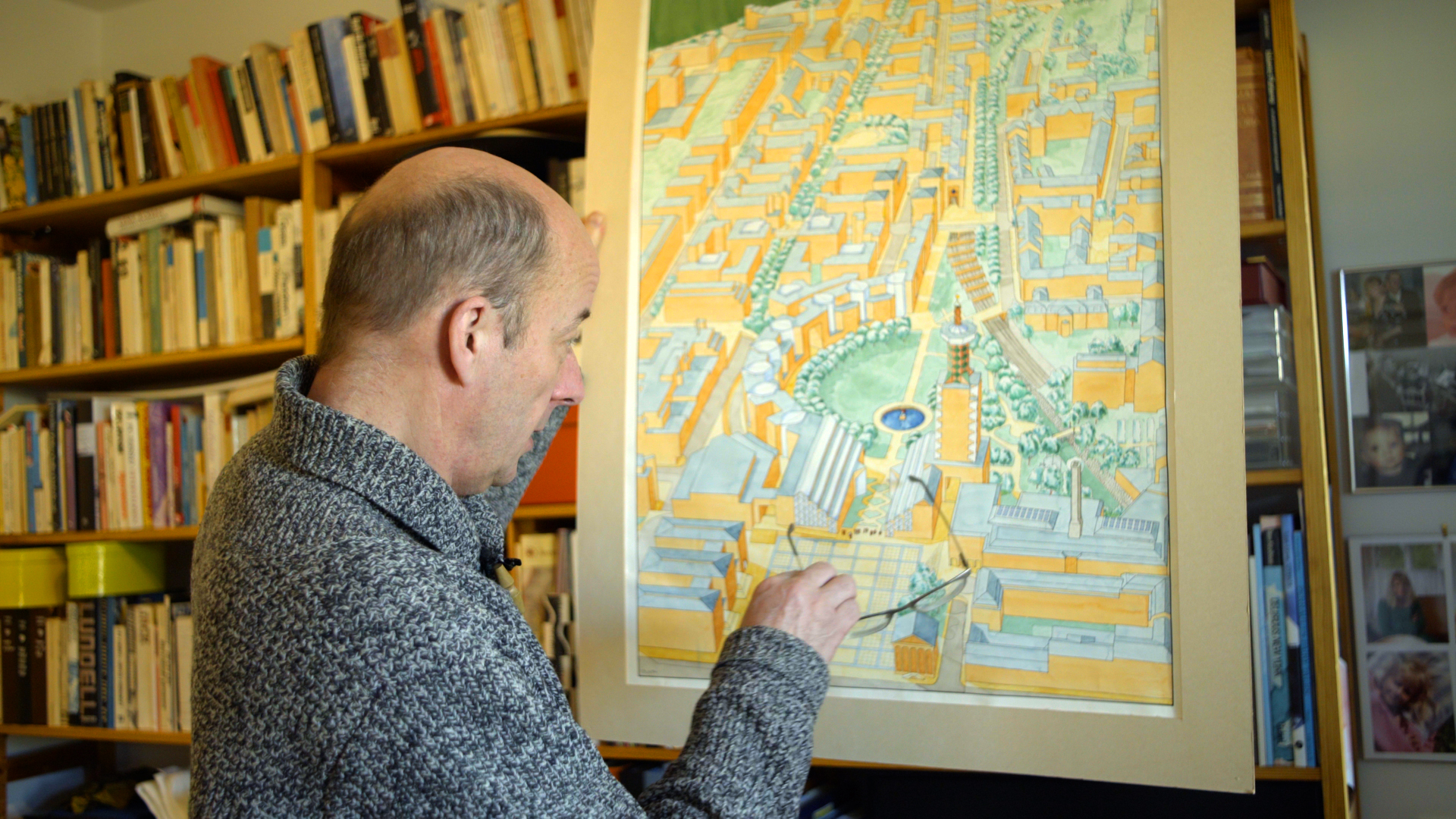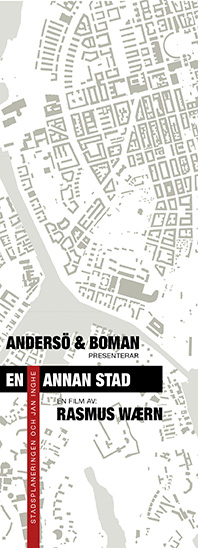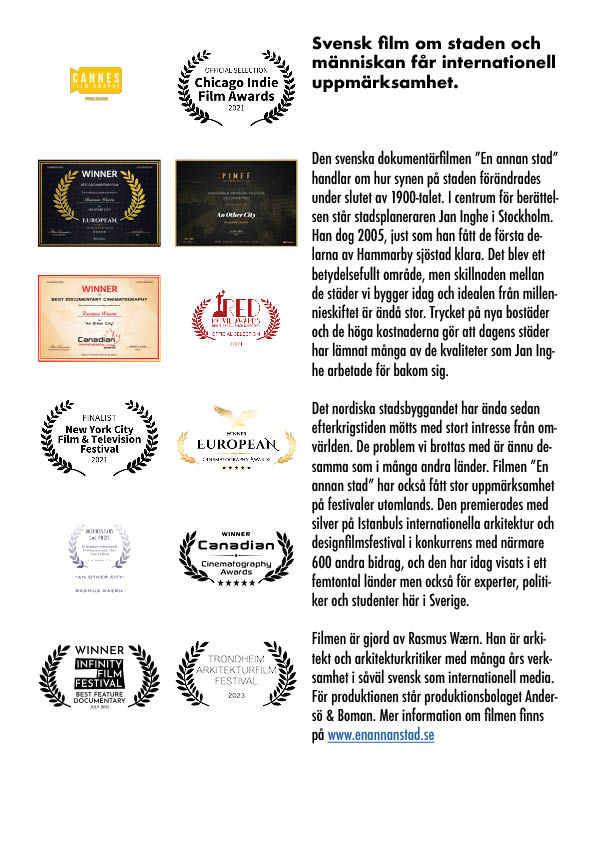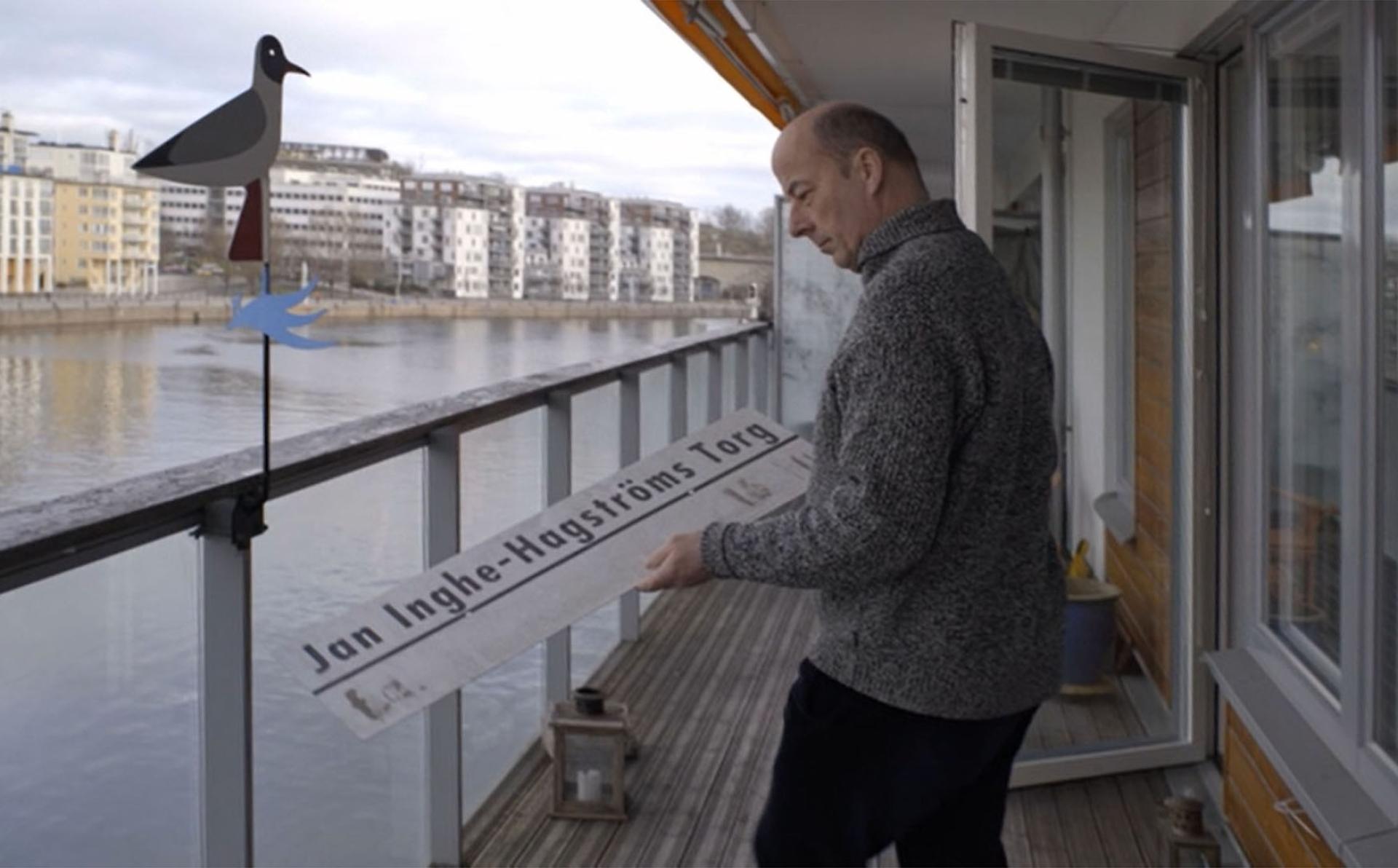An Other City
Basic information
Project Title
An Other City
Full project title
An Other City. A film on urban planning.
Category
Regaining a sense of belonging
Project Description
The turn of the twenty-first century was a golden age in Swedish urban planning. Hammarby Sjöstad in Stockholm became a model around the world for how to design an attractive and eco-friendly urban environment. At the forefront of the new planning stood the architect Jan Inghe. Now there’s a new film that describes his work and considers how our cities have been developing since that time.
Geographical Scope
National
Project Region
Sweden
Urban or rural issues
Mainly urban
Physical or other transformations
It refers to a physical transformation of the built environment (hard investment)
EU Programme or fund
No
Description of the project
Summary
The film "An Other City" aims to tell the story about the most successful and most influential urban development when it came to sustainability that have been made. Hammarby Sjöstad in Stockholm was a trailblazer in terms of circular models for waste and energy, and it gave the world an example of how to combine proximity with attractivity.
At the forefront of the new planning stood the architect Jan Inghe. The film describes his work and considers how our cities have been developing since that time.
It follows Jan Inghe’s career, beginning with the development of the Minneberg district in Stockholm during the 1970s, continuing with Södra Station in the 80s, and culminating with Hammaby Sjöstad in the 90s. It thus captures the era when urban planning looked back to the traditional city to try to incorporate its many qualities. The story of these development projects, then, is the story of the return and revival of the city in Swedish urban planning.
The film addresses both professionals and laymen, and want to bridge the gap created by ignorance. It have already been screened and praised at film festivals all over the world.
At the forefront of the new planning stood the architect Jan Inghe. The film describes his work and considers how our cities have been developing since that time.
It follows Jan Inghe’s career, beginning with the development of the Minneberg district in Stockholm during the 1970s, continuing with Södra Station in the 80s, and culminating with Hammaby Sjöstad in the 90s. It thus captures the era when urban planning looked back to the traditional city to try to incorporate its many qualities. The story of these development projects, then, is the story of the return and revival of the city in Swedish urban planning.
The film addresses both professionals and laymen, and want to bridge the gap created by ignorance. It have already been screened and praised at film festivals all over the world.
Key objectives for sustainability
Hammaby Sjöstad set an example when it came to awareness of the complexity in a vibrant, contemporary neighbourhood. To promote this story is crucial, but it is equally important to provide both professionals and laymen with the questions that must be asked to all contemporary developments. The film have served as an important starter for talks on how the cities of the future are to be built.
Key objectives for aesthetics and quality
The aesthetics and the qualities of experience in the areas described in the film are to some extent exceptional, but the film do also meet high expectations on aesthetics in itself. This is important, as films on urban planning are rare, and the film aims to be as educational as entertaining. The international awards and acclaims show that the film manage to address both professionals and laymen.
Key objectives for inclusion
It is only bo closing the gap between authorities and the citizens that the cities of the future can be made more inclusive, and the film have proven to be an effective tool for discussions as well as know-how. It deals with all the crucial matters of accessibility and affordability. To keep these matters alive in contemporary planning is a key objective behind the film.
Results in relation to category
The film have been screened and awarded all over Europe as well as overseas. It has been on movie theaters in New Zeeland and shown at city planning authorities in the Netherlands and in the Czech republic. It has also been reviewed in professional magazines and referred in academic papers.
How Citizens benefit
The film involved professionals as well as general citizens in the making, but more important the result manages to address them. We have managed to reach many different audiences, but it is our wish that the New European Bauhaus can be instrumental too. The film can be an even more crucial part in the constant work to explain the necessity of an inclusive urban planning.
Physical or other transformations
It refers to a physical transformation of the built environment (hard investment)
Innovative character
There is no such film as "An Other City". The film was inspired by the lack of a discussion on the public realm. This is also a reason behind the many requests for screening. It fills a gap, and provide an alternative to the hegemony of commersial aspects of architecture.
Disciplines/knowledge reflected
The film reflects the perspective of architects, planners, politicians, academics as well as citizens, and the response proves that it has managed to reach them all with its message. As sustaiable cities of the future must involve a knowlege-based dialogue between all these, the film have an instrumental role to fulfil. The New European Bauhaus can enlagre this impact.
Methodology used
The film follow the development of Jan Inghe closely, as his carrer mirrors the evolvment of an ecology of mind in urban planning. The urban areas that he worked with are the subjects of the film, but the objective is the rise and fall of public space. But there is no destiny in how cities are built. Ideas are what make a real change. This is the ethos of the film.
How stakeholders are engaged
The film involved stakeholders on various levels but it is on its capacity to address all these levels, locally as well as internationally, that its unique strengt is to be found. The film aims to make a differense.
Global challenges
An even more clever creation of the cities of tomorrow are crucial for a sustainable future. This is why so many delegations have visited Hammarby Sjöstad, and that is why it is important that this film reaches a wide audience.
Learning transferred to other parties
The film is most transferrable and have already been translated to English, Italian, Turkish, Polish, French and Korean.
Keywords
Urban planning
Sustainable cities
Attractive proximity
Global recognition
Educational entertainment

